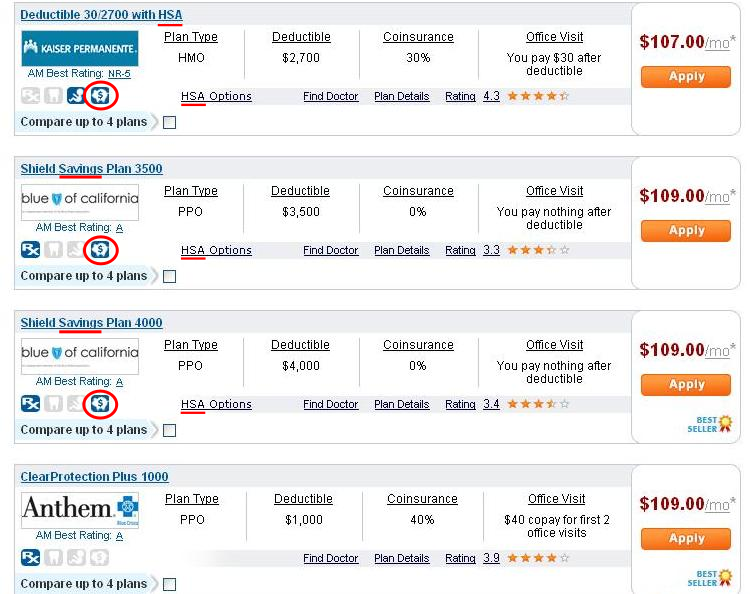More than 13.5 million Americans were enrolled in HSA/HDHP plans as of January, 2012, according to the yearly AHIP census released on May 30th. That number is up 18% over January 2011, when 11.4 million people were enrolled in the plans.
The census reveals some interesting data about the 13.5 million users:
- The Large Group Market (50+ employees) represented most of the gains, with an increase of 1.6 million participants, up 26% over 2011.
- The Small Group Market (< 50 employees ) had gains of 240k participants over 2011, up 8%.
- The Individual Market only increased 112k participants, or 4.7% over 2011.
- HDHP/HSA users were split 50/50 male/female, across categories.
- 51% of HDHP/HSA users were under the age of 40.
- Enrollment within the age group of 20-29 – those of working age with the longest time to let their savings grow and compound – represented only 12% of those covered.
- Vermont has the highest percentage of its population enrolled in HSA’s, at 20%. This was far and away greater than Minnesota, in second at 14.3%. Savvy health care consumers, all around.
Analysis
It is good to see that HSA/HDHP enrollment was up significantly year over year. An 18% addition is strong growth. Given the trend of the “new frugal” economy, one can speculate that people are reevaluating their health spending and looking to save, both on premiums and by contributing to their health savings account. Another possibility is that public awareness is increasing, as 2013 will mark one decade since the introduction of HSA’s. As Information disseminates through networks (including employers), more people are learning about these plans and their benefits.
The majority of enrollment gains came from the Large Group Market, representing medium to large businesses with 50+ employees. It is likely that most of these gains came from large corporations, due to their sheer size. Hopefully, this results from employees determining that HSA benefits outweigh the downside (i.e. higher deductible). Another possibility is that employers are limiting their health care options to only HSA plans. In my view, this is negative from both an economic and employee perspective. One size rarely fits all, and it is best when individuals can choose the best plan for them from a diverse menu.
It is disappointing to see the Individual Market increase so little. With real unemployment so high, there are many without jobs who are financially vulnerable. Adding the risk of full medical liability – by being uninsured – is gambling one’s future. Any illness or injury could burden them with a mountain of debt. HSA’s are especially good for the unemployed as the monthly premiums can be among the lowest.
Information about employer contribution and actual HSA enrollment (i.e. account creation) was not included in the census. What percentage of users are actually taking advantage of the ‘back half’ of HSA plans, those benefits besides the lower monthly premium?

